
Haven’t seen any of the nominees? No worries, we got you covered
UP staffers make the case for each movie up for Best Picture.
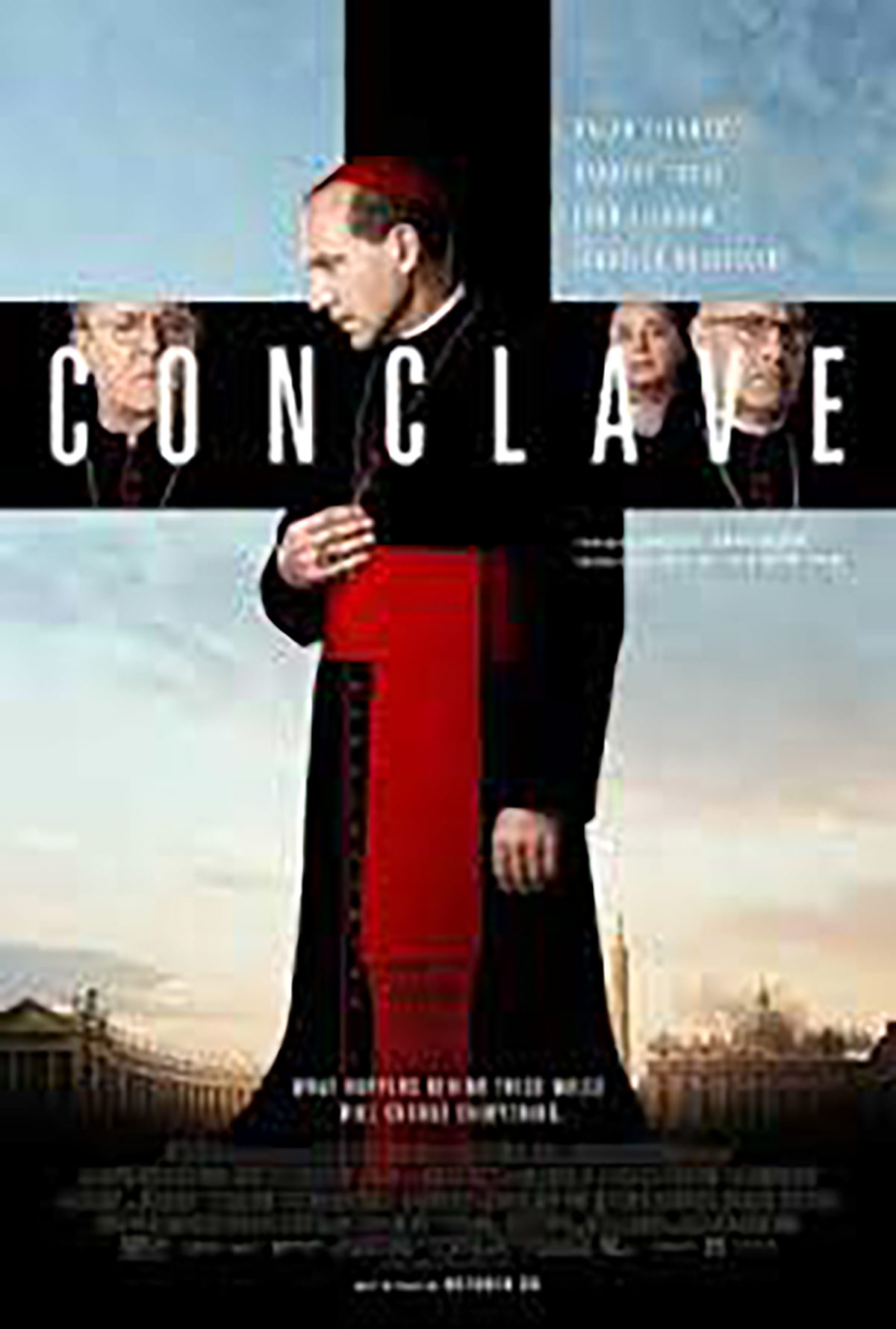
"Conclave"
The race to find a new pope causes friction and conflict within the Vatican’s inner circle. Having won the BAFTA, “Conclave” is sure to add the Oscar for Best Picture.
Cardinal Lawrence (Ralph Fiennes) must sort out the best candidate from a group of ambitious men. The action is gripping and the cast, including Fiennes, Stanley Tucci and John Lithgow are fantastic in their roles, and Felines should receive an Academy Award for his subtle and conflicted performance.
“Conclave” deals with topics of uncertainty and doubt within the Catholic church. The Cardinals charged with the authority and responsibility for electing a new Pope must deal with conflicts and agendas.
“Conclave” is a controversial film where the writers have inserted their own agendas into how they think the world should be, while ostracizing a potentially large Catholic audience, many of whom will disagree with the message. The script leaves little room for anyone to disagree with the writers’ views.
The film deserves the Oscar for Best Picture for production quality, acting and filmmaking skill. The themes will leave audiences thinking about the Catholic church’s place in society and how its traditions fit into a modern world.
— Gehrig Thompson

“Dune Part 2”
Based on the novel by Frank Herbert, “Dune Part 2” revolves around Paul Asterids (Timothee Chalamet) and his road to becoming the chosen prophet and savior for the Freman, the indigenous people of Arakis, a desert planet. His journey is the catalyst for a holy war and a revenge story of a broken child who loses his father to an oppressive government.
It is a compelling film from start to finish. Grieg Fraser’s cinematography is outstanding. Each shot is purposeful and immerses the audience into the world. The characters are also written well with compelling stories and moments, especially with Paul and Chani (Zendaya). Their love for each other stands out amongst the constant chaos of war.
The film’s themes of religion, faith and colonialism do not go unnoticed and make the film shine. The score, composed by Hans Zimmerman, is foreboding and pulls us into the action.
All of these elements work together to create a great film and a true contender for the Best Picture Oscar.
— Maddie Sims

“Emilia Perez”
“Emilia Perez” takes a different approach to the musical genre. It has the traditional elements of music but has simple dialogue that turns into songs.
It will win Best Picture because the audience connects with the cast as they sing about socio-political issues that affect Mexican society. A song about missing family members, for example, is sung by the ensemble rather than the leads, which makes the film relatable. Additionally, having a character sing while another is giving a speech contrasts the lives being lived.
Emilia Perez (Karla Sofia Gascon) retires as a cartel boss and transitions into a woman. She realizes that the ways of her past have caused damage to the lives of many and she tries to reconnect with her family as a woman and make up for her mistakes.
The film is a testament to wanting to become another person and the extreme measures Emilia takes to do so. It also includes a fine performance by Zoe Saldana who is tipped to win in the supporting actress category.
“Emilia Perez” is a film that advocates for change within society and being given a second chance to make up for mistakes, which makes it this year’s Best Picture.
— Maria Rodriguez
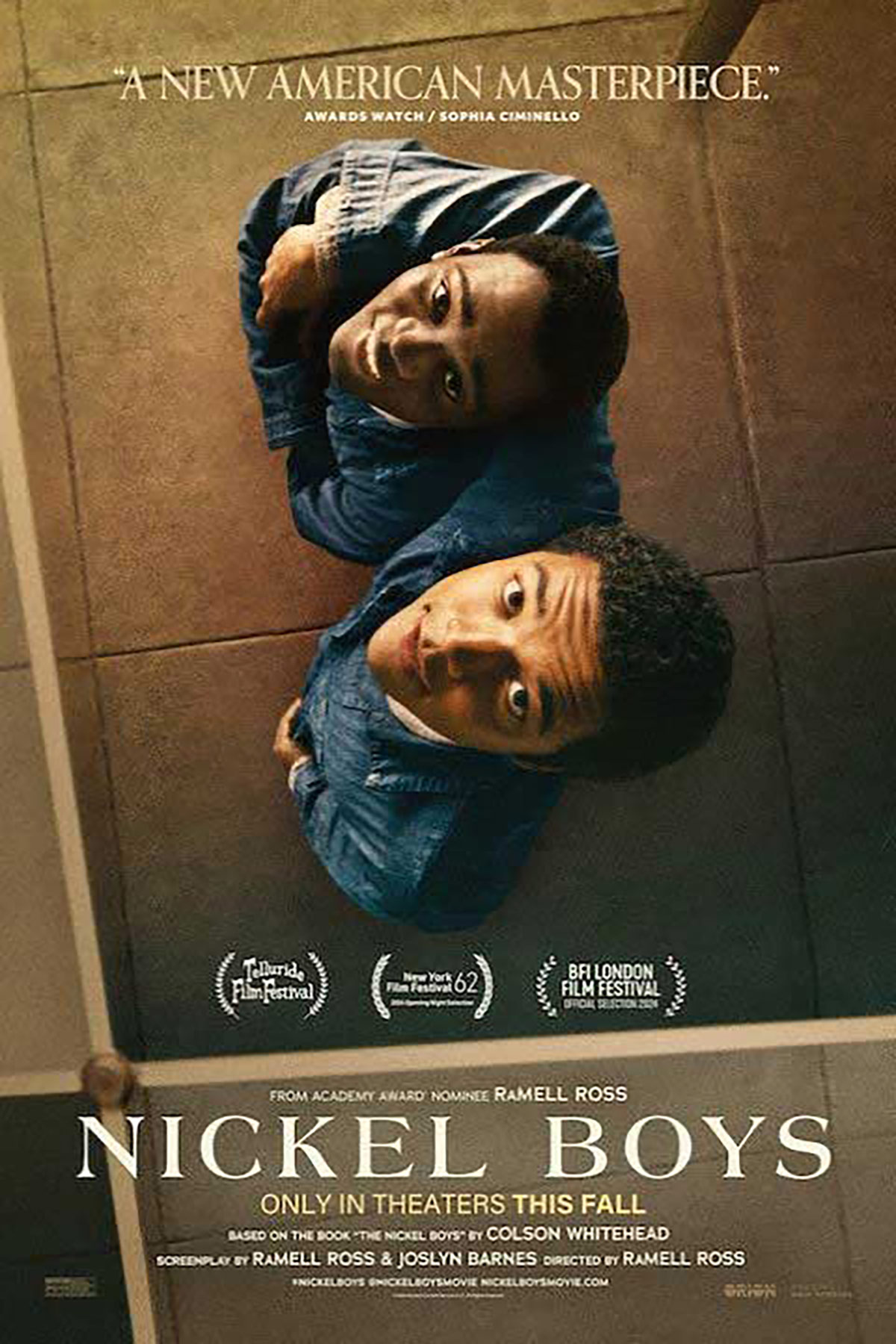
“Nickel Boys”
“Nickel Boys” should win Best Picture because it literally puts you in the shoes of two Black friends experiencing Jim Crow discrimination at an all-boys school in the South.
Director RaMell Moss has shot the film in first person which means we get to experience what Elwood (Ethan Herisse) experiences. When Elwood is about to get beaten with a belt, for example, we can hear the other students crying while he waits his turn.
Cinematographer Jomo Fray has delivered a visually stunning film. Every shot seemed to be color coordinated with the tone being set in the scene. In the same beating scene, the building is moldy and dark, making it seem drained of hope.
The acting is also a high point. The conversations and mannerisms make it seem so real, it feels like a documentary. In the cafeteria scenes at the boys’ school, the way everyone interacts with each other — denying seats or asking how they’re able to eat the nasty food — is realistic.
“Nickel Boys” portrays the grim reality of segregation. It is not a feel-good movie, but it is moving and worthy of being Best Picture.
— Aaron Saenz
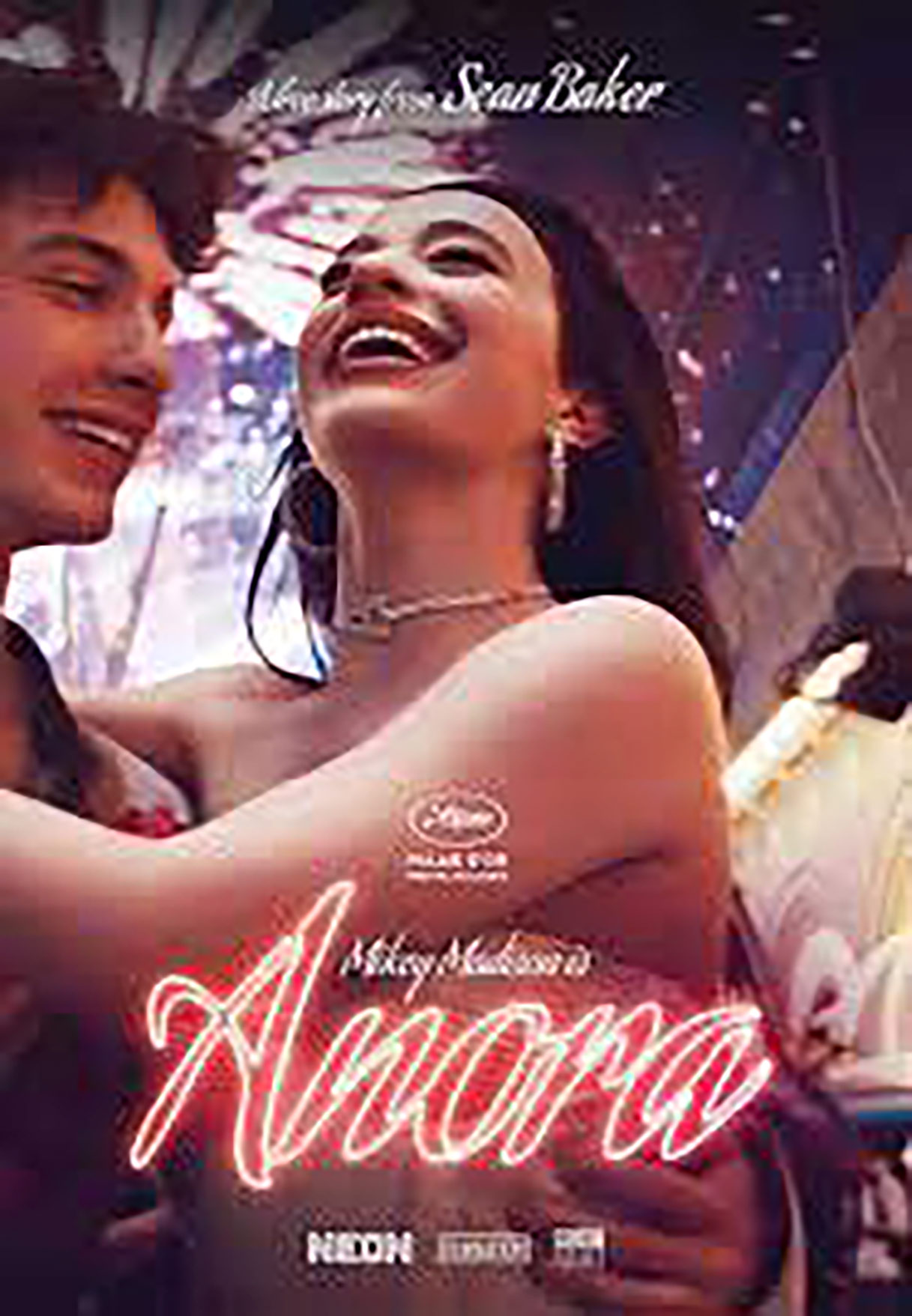
“Anora”
“Anora,” an American comedy-drama, is the strongest contender for the Best Picture Oscar. Drew Daniel’s striking cinematography expertly captures the rough, yet vibrant spirit of Brooklyn and Las Vegas.
The story follows Anora, played by Mikey Madison, a sex worker who impulsively marries Ivan “Vanya” Zakharov (Mark Eydelshteyn), the immature and reckless son of a Russian oligarch. After getting caught by his family, Vanya literally runs away and Anora is forced to strike a deal with his family — find Vanya and get the marriage annulled or lose everything.
The film is enriched by the emotional depth brought by Matthew Hearon-Smith’s soundtrack, featuring well-known and trending songs from artists like Robin Schulz, Calum Scott, Slayer, t.A.T.u., Iggy Azalea, and more.
Sean Baker’s direction blends comedy and drama in an enjoyable and thought-provoking way. “Anora” is successful and relevant as it addresses significant topics, like the stigmatization of sex work and the difficulties faced by immigrants in America, while remaining entertaining and humorous. These are the reasons “Anora” is going to win the Oscar.
—Savanna Peveto-Kreatschman
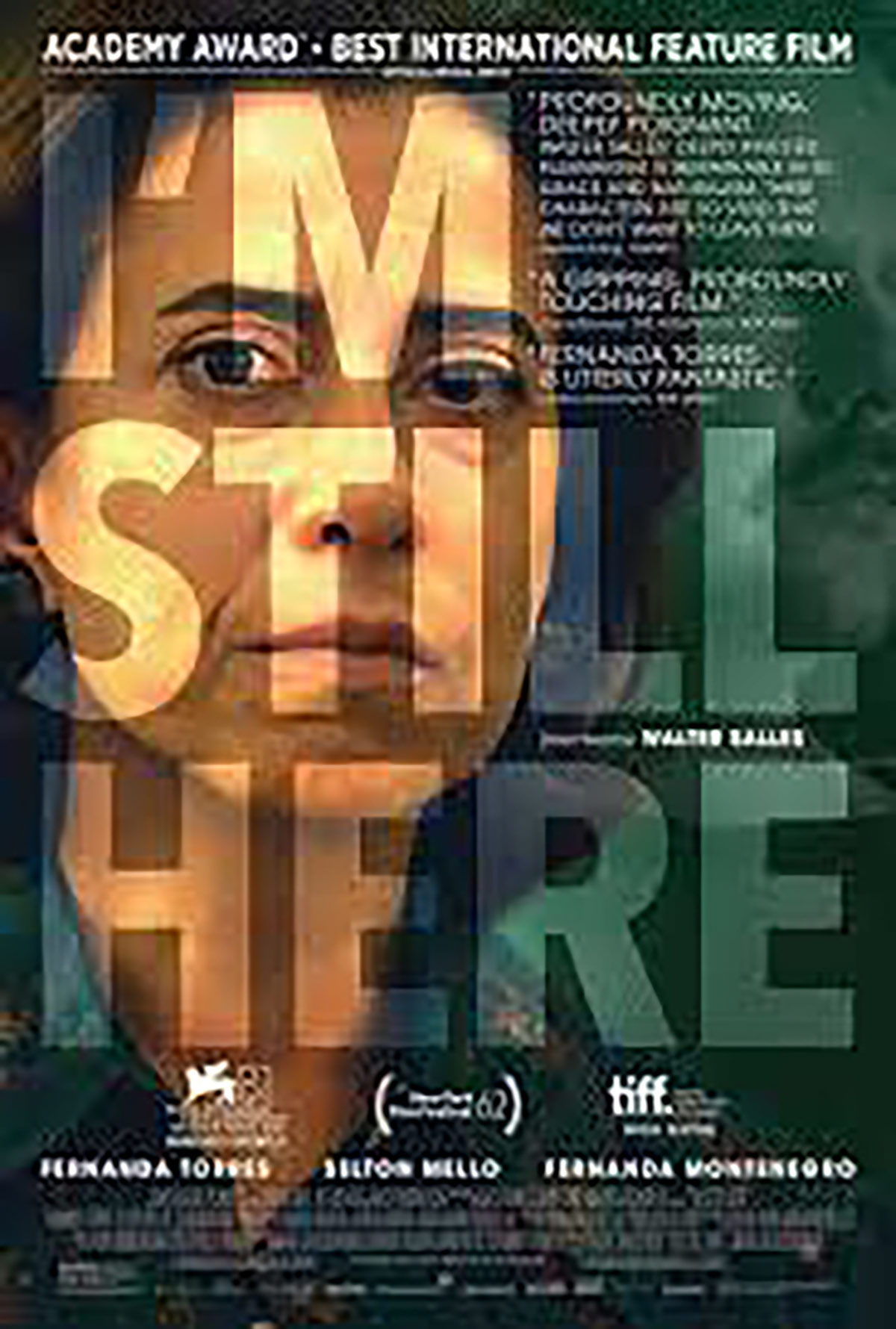
“I’m Still Here”
With Fernanda Torres’ stellar performance as the lead, a thoughtful portrayal of Brazilian military dictatorship, and a compelling family dynamic, “I’m Still Here” will take home the Oscar for Best Picture.
After speaking out against Brazil’s newly instituted dictatorship, husband and father Rubens Paiva (Selton Mello) is seized from his home in Sol de Janeiro by government officials, never to be seen again. While desperately seeking the truth of her husband’s disappearance, Eunice Paiva (Torres) must also keep her children together through decades of hardship.
Torres has already won a Golden Globe and is nominated for the best actress award. Her ability to convey grief while not being melodramatic is to be commended, as many actors tend to overdramatize emotional scenes, losing the sense of genuineness.
The themes of grief and family being broken apart by those in government are not just relevant to the current day.“I’m Still Here” is a story of family trauma.
Director Walter Salles’s cinematography beautifully captures the emotional range of the characters, tugging on viewers’ heartstrings. Although they face hardships, the family bond together while clinging to the normality of life.
This powerful Portuguese-spoken story of love, loss, strength and resilience will surely be awarded a shiny gold Oscar.
— Kami Greene
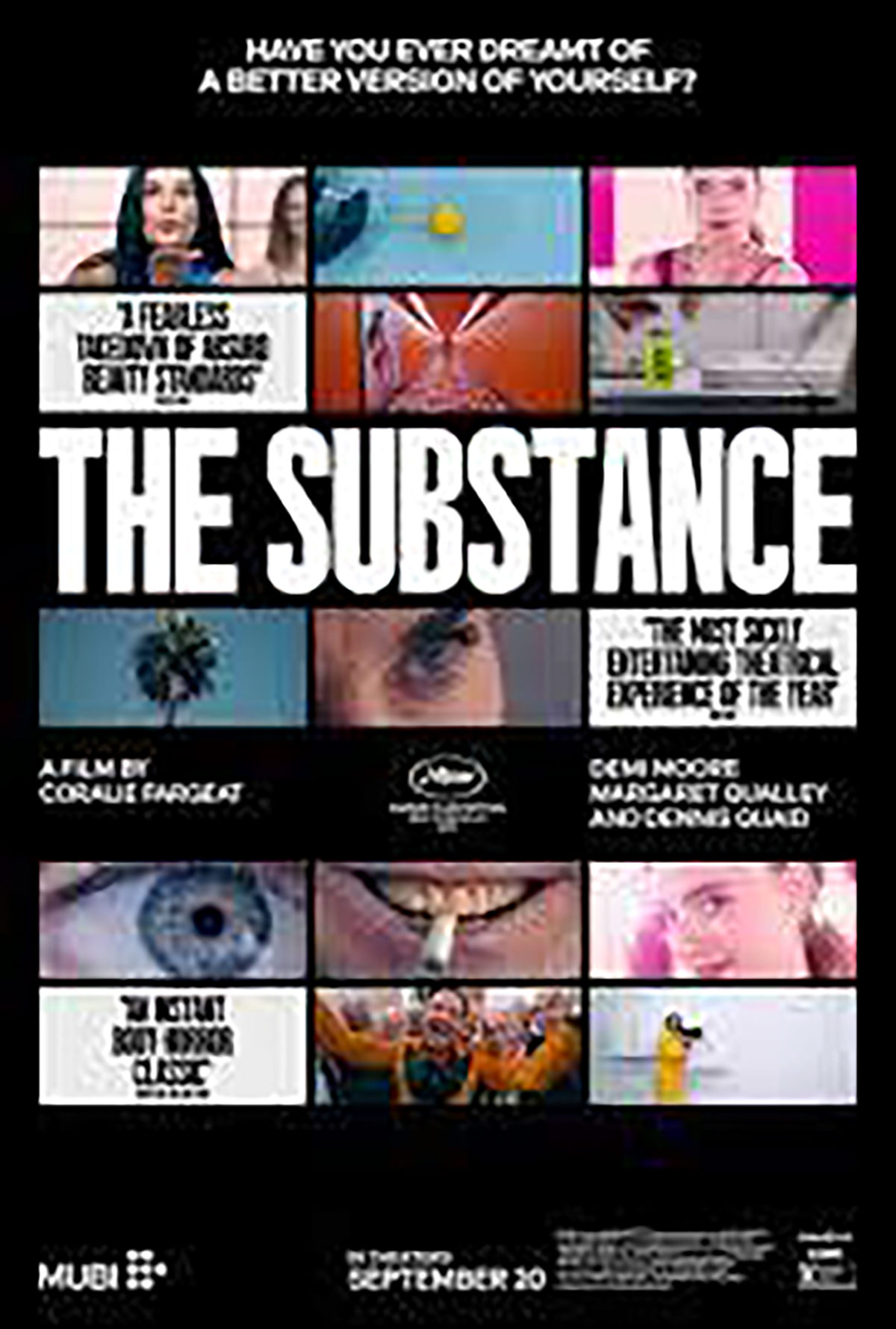
“The Substance”
“The Substance” will be the first horror film to win Best Picture at the Oscars because of is powerful message about the cult of beauty. Directed by Coralie Fargest, it is a fresh face in a sea of sequels and reboots. The film shines a light on the unrealistic and cruel beauty standards women in the fame industry face. Elisabeth Sparkle (Demi Moore) is a past-her-prime celebrity who discovers a drug, the titular Substance, which enables her to create a younger version of herself. Like a snake shedding its skin, Elisabeth takes on a new body and identity, referring to herself as “Sue.” However, Elisabeth’s actions have dire and horrifying side effects. She may be the “one” switching between bodies, but they form separate identities. Fargest takes body horror to a new level and creates a story that simultaneously horrifies and captivates its audience, while sharing a profound message of beauty and corruption. If women in Hollywood get the message, “The Substance” is sure to take home the Oscar.
— Maddie Sims
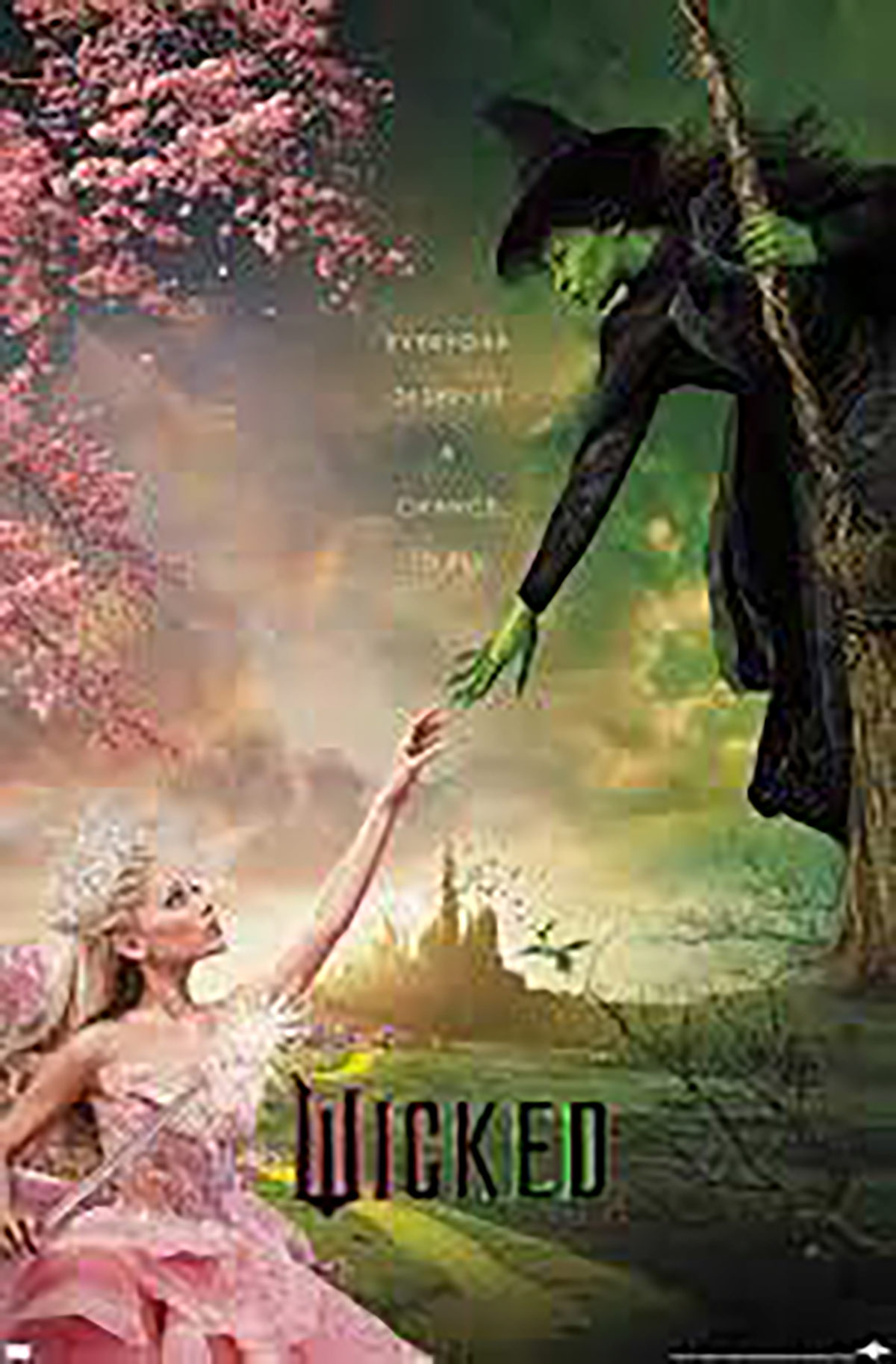
“Wicked”
The film adaptation of the iconic Broadway musical “Wicked” is going to win the Oscar for Best Picture because it has taken the world by storm. Everyone is talking about the story of Elphaba (Cynthia Erivo) and Galinda (Ariana Grande), two girls who meet at university and spark an unlikely friendship.
The film is based on the first half of the musical, a prequel to “The Wizard of Oz” and tells how the women become the Good Witch and the Wicked Witch. “Wicked” tells a story through song and dance of the timeless themes of good versus evil, unexpected friendship and the journey of self-identity.
The seamless blend of fantasy and reality — the ‘Munchkinland’ set is constructed by hand rather than CGI — creates an experience like no other. The cinematic choices highlight the pink and green color scheme, focusing on green-hued Elphaba and how she learns to thrive in the identity of her skin color.
The musical score makes the epic moments even more extravagant, such when Elphaba sings the celebrated song “Defying Gravity” in her moment of triumph. Overall, its critical success and popularity with the public prove that ‘Wicked’ is on another level, making it the obvious option for Best Picture.
— Caraline Otte
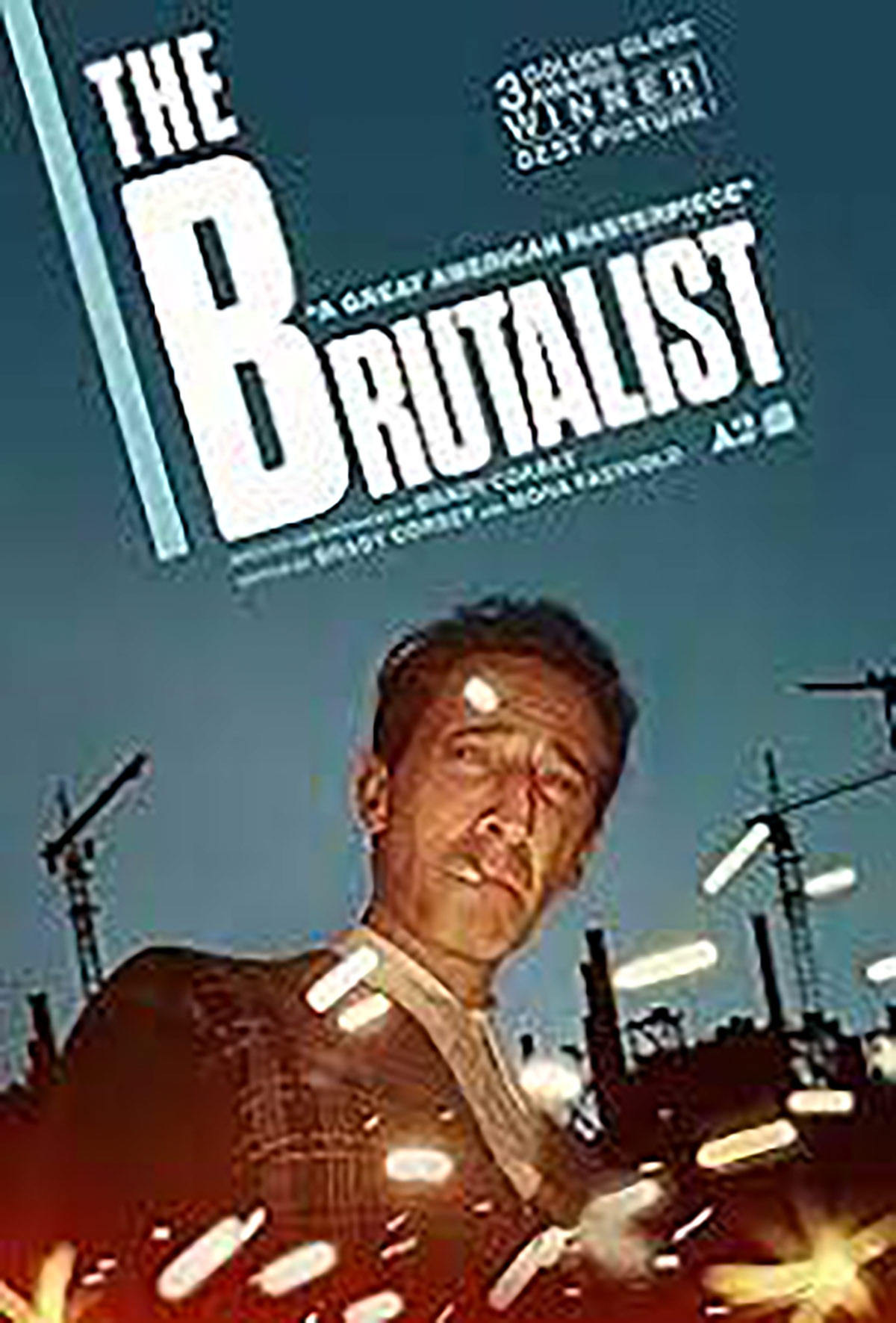
“The Brutalist”
“The Brutalist” is an epic drama with historical elements that showcases the harsh reality of the American Dream. Hungarian László Tóth (Adrien Brody) is a Holocaust survivor who is grappling with the struggles of being on his own in a different country who dreams of becoming an architect. He is quickly met with opposition from those jealous of his architectural talent.
Tóth is taken under the wing of wealthy patron Harrison Lee van Buren (Guy Pearce), allowing Tóth to pursue his dream. The film is filled with overcast shots of bare concrete showing the Brutalist architecture in full display.
The film, which is three-and-a-half hours long, is split into two parts with an intermission. As Act 2 begins, Tóth is reunited with his wife who is now confined to a wheelchair suffering from osteoporosis. Tóth finds that accomplishing his dreams is not the fulfilling this he hoped. Writer-director Brady Corbet has set about to disprove the myth of the American Dream. Although it is harsh, it is the reality of many, and leave the audience feeling sympathy for Tóth while admiring his triumph. It is worthy of being Best Picture.
— Maria Rodriguez
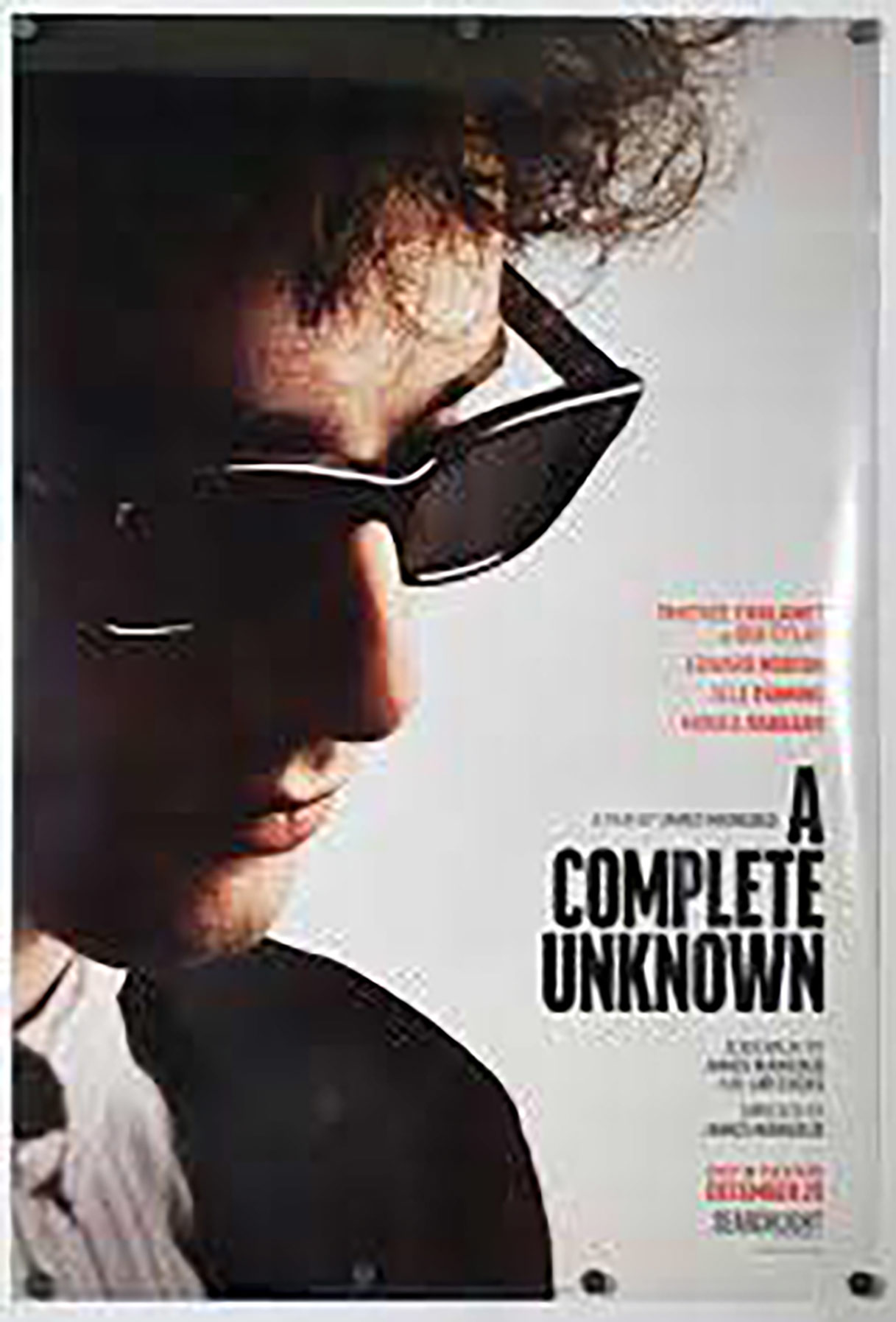
“A Complete Unknown"
“A Complete Unknown,” an American biographical musical drama, provides a compelling account of Bob Dylan’s early career, emphasizing a momentous turning point in music history —his switch from folk to electric music. Dylan’s popularity just adds to its Best Picture credentials.
The talented cast captures the essence of the legendary musician and his story with their exceptional performances. Timothee Chalamet’s outstanding lead performance has led to him receiving many awards, including his second Best Actor nomination.
Phedon Papamichael’s cinematography masterfully depicts the time period and transports audiences to the music scene of the 1960s, while also capturing its striking difference from the culture of modern day.
Chalamet and the cast portray well-known personalities including Pete Seeger (Edward Norton), Johnny Cash (Boyd Holbrook) and Joan Baez (Monica Barbaro), who all play and sing their parts, adding a sense of authenticity.
James Mangold’s direction — he also co-wrote the script with Jay Cocks — offers a fresh and captivating interpretation of Dylan’s life through a mix of imaginative storytelling and historical authenticity. All these elements combine to make “A Complete Unknown” the most impressive Oscar candidate.
— Savanna Peveto-Kreatschman
